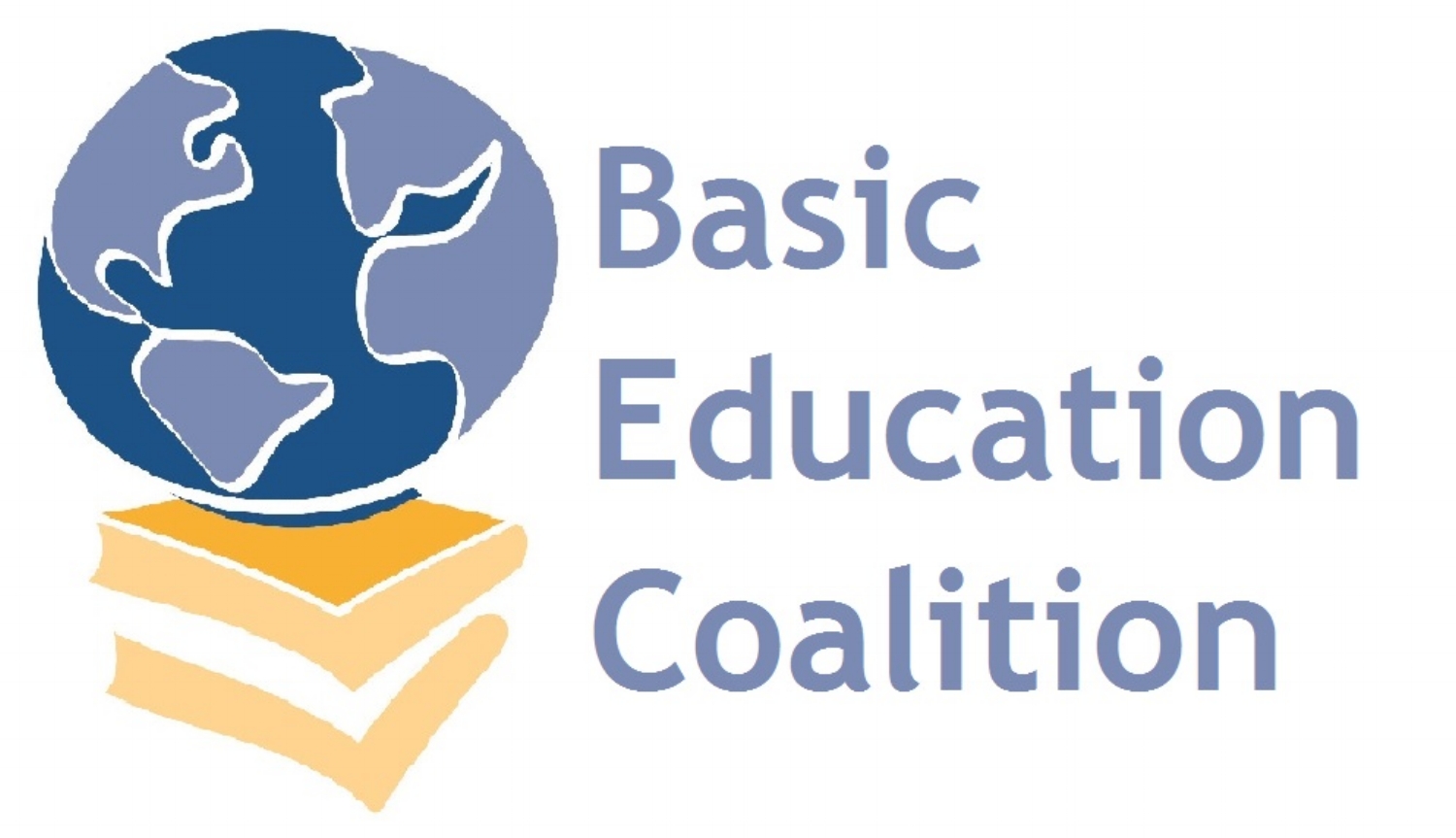Sharadha's Story
To support her family, Sharadha, a young girl from Nepal, was forced to drop out of school. Instead of learning, she worked 12 hours a day in the same brick factory where her mother died.
Poor girls in Nepal are especially vulnerable to trafficking and exploitative labor, including dangerous work in Nepal’s many brick factories. Children (and adults) who work in brick factories are exposed to lung-damaging levels of dust, extreme heat from kilns that fire bricks, and health problems stemming from extreme physical labor combined with poor diets. Furthermore, if they attend school at all, children who work in brick factories show poor academic performance and are often absent from school, which results in some of the lowest learning outcomes in the country.
To address these challenges, World Education uses a holistic approach to reach at-risk youth with basic education through several interventions, including coaching and mentoring in addition to scholarships for girls/children, nonformal education classes, and working with the Nepali government to strengthen local schools. At the same time, World Education works with the government to monitor factories for child labor abuses.
World Education’s Building Better Futures program enrolled Sharadha in a nonformal education class targeting children who are forced to work in the brick industry, and helped Sharadha transition back to formal school. Beyond basic education, World Education empowers children like Sharadha with tools and life skills to identify and avoid exploitative labor.
Today, Sharadha is a bright and motivated seventh-grade student living in the Sarlahi district of Nepal. She plans to become a nurse so she can help people in her community.
Sharadha is among thousands of children forced to endure life-threatening working conditions to support their families. In 2017, World Education and its partners supported the education of roughly 1,000 children in the brick factories, and helped more than 100 former child laborers like Sharadha re-enroll in school in Nepal.
Learn more about World Education's work for girls' like Sharadha.




